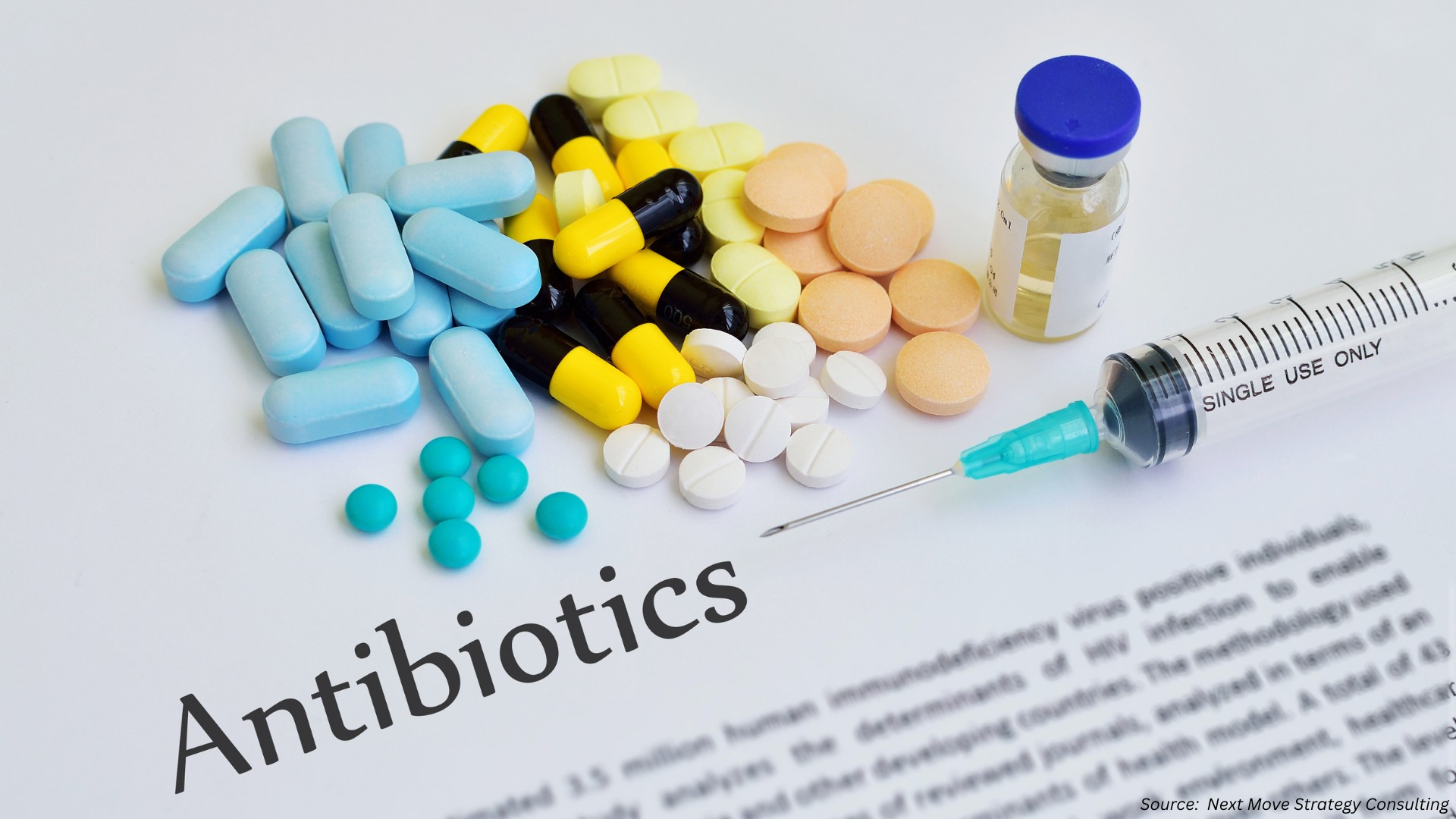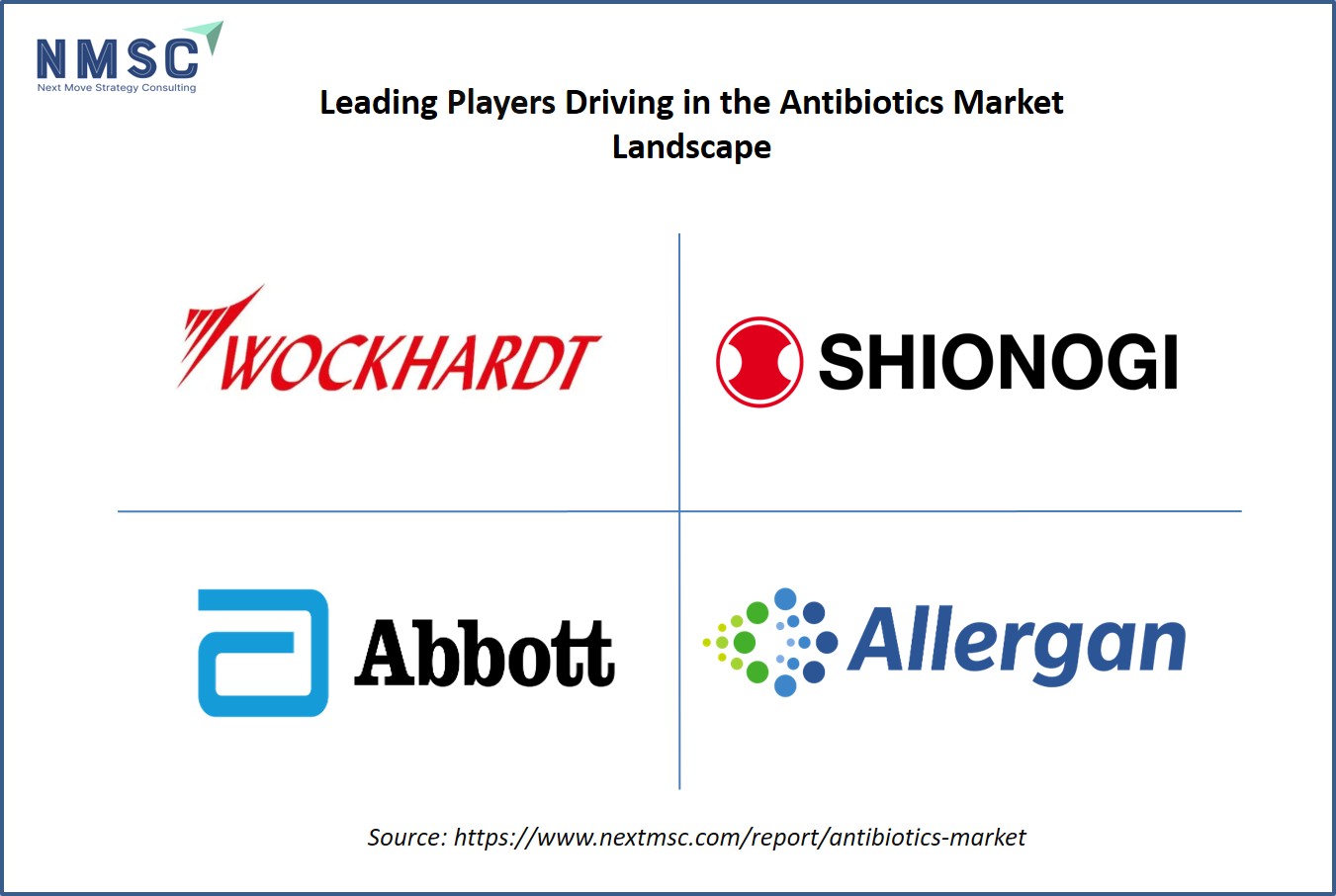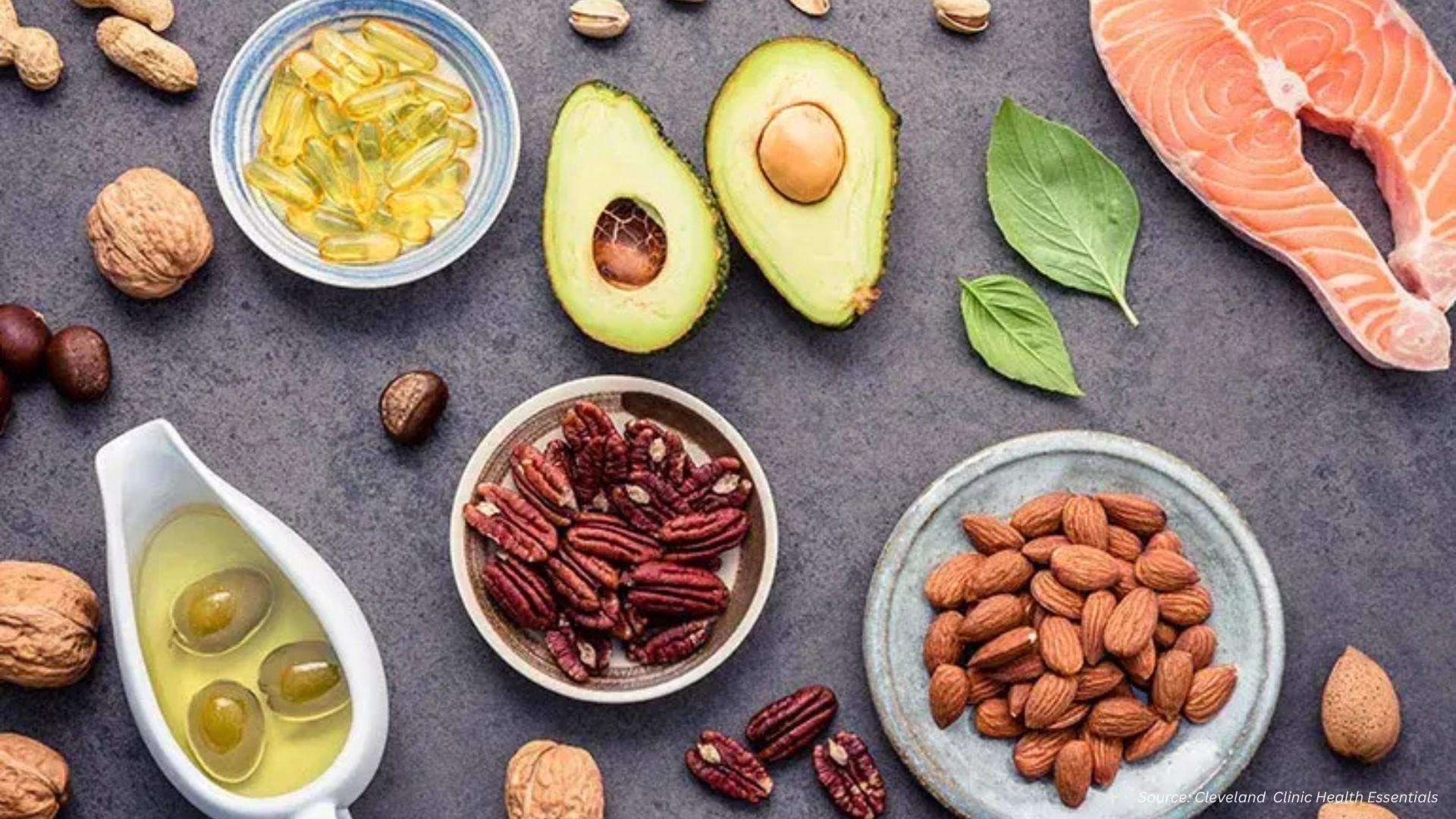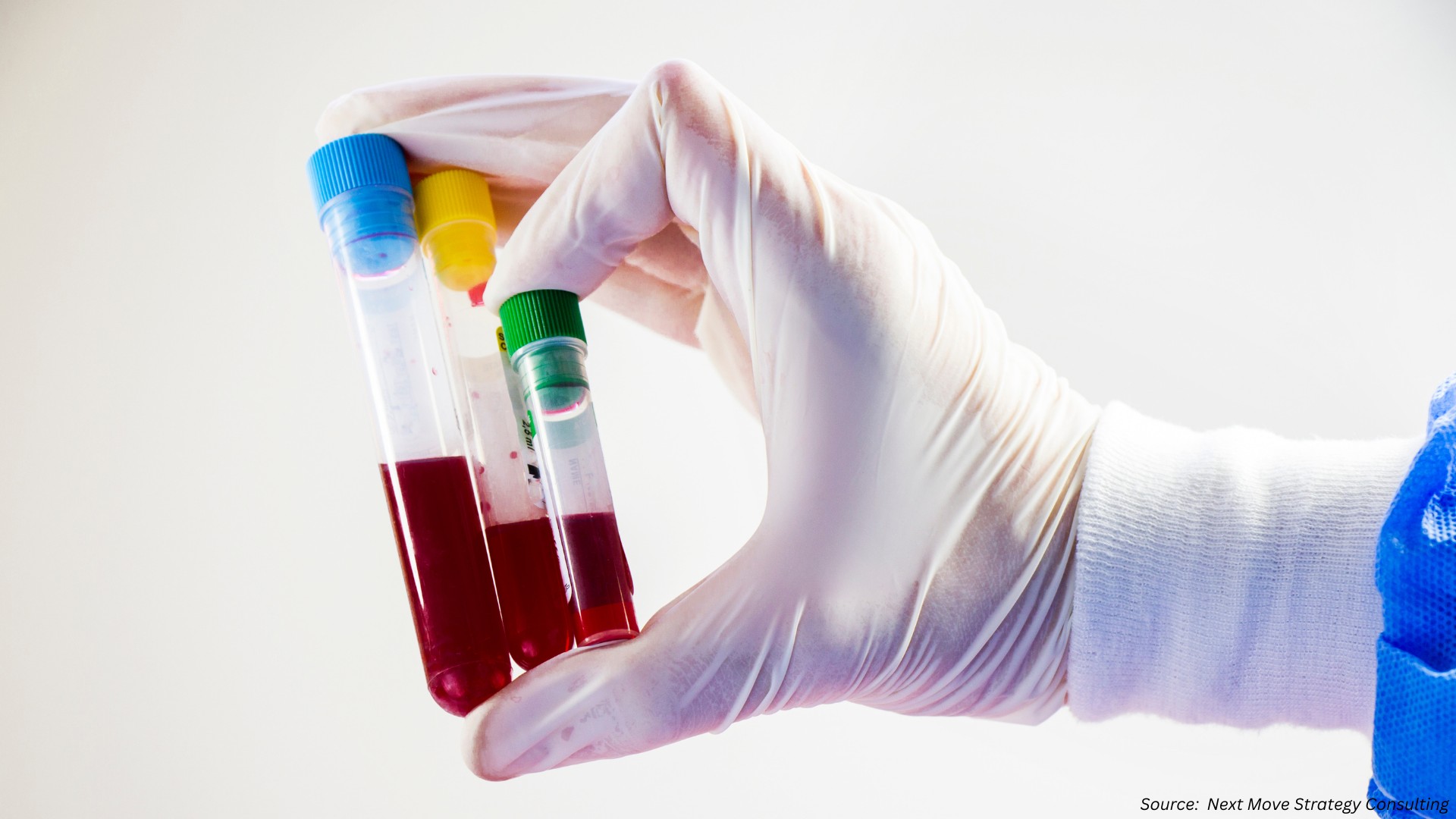Antibiotics: Balancing Access and Resistance in a Changing World
Published: 2025-09-16

Antibiotics have transformed modern medicine, saving countless lives by treating bacterial infections. However, their overuse is fueling a global crisis: antimicrobial resistance (AMR). The misuse of certain antibiotics is accelerating drug resistance, threatening the effectiveness of these critical medicines. At the same time, access to essential antibiotics remains limited in some regions, creating a complex challenge.
The Global Picture of Antibiotic Use
The WHO’s 2025 report, based on 2022 data from the Global Antimicrobial Resistance and Use Surveillance System (GLASS), reveals significant insights into global antibiotic consumption. The report tracks usage across 90 countries, territories, and areas (CTAs), with 74 providing national data by December 2023. However, data collection remains incomplete, with significant gaps in non-European and lower-income countries, limiting the global picture of antibiotic use.
According to the report by Next Move Strategy Consulting, the global Antibiotics Market size is predicted to reach USD 64.79 billion by 2030 with a CAGR of 4.1% from 2023-2030.
In 2022, antibiotic use averaged 18.3 defined daily doses (DID) per 1000 inhabitants per day, meaning 18 out of every 1000 people received antibiotics daily. Usage varied significantly, with a tenfold difference between the highest and lowest-consuming CTAs. This suggests both overuse in some regions and inadequate access in others, creating a dual challenge for global health systems.
The WHO classifies antibiotics into three categories under the Access, Watch, Reserve (AWaRe) system:
-
Access: Narrow-spectrum, low-cost antibiotics with a lower risk of causing AMR, recommended as first- or second-line treatments for common infections.
-
Watch: Broader-spectrum antibiotics for severe infections, but their overuse drives AMR.
-
Reserve: Last-resort antibiotics for multidrug-resistant infections, often underused in low- and middle-income CTAs.
Only one in three CTAs meets the UN’s 2030 target of ensuring 70% of antibiotic use comes from the Access category, highlighting the overuse of Watch antibiotics.
Global antibiotic use varies widely, with overuse of Watch antibiotics driving AMR and underuse of Reserve antibiotics limiting treatment options in some regions.
-
Key Points:
-
18.3 DID reflects significant global antibiotic consumption.
-
Only one-third of CTAs meet the 70% Access antibiotic target.
-
Data gaps in lower-income CTAs hinder effective monitoring.
-
Antibiotics and AMR: A Growing Threat
AMR occurs when bacteria, viruses, fungi, or parasites no longer respond to medicines, making infections harder or impossible to treat. This increases the risk of severe illness, disease spread, and death. The WHO identifies overuse and misuse of antibiotics as primary drivers of AMR, particularly with Watch antibiotics, which contribute disproportionately to resistance due to their broader spectrum.
In many settings, Watch antibiotics are used when no antibiotics are needed or when Access antibiotics would suffice. This overuse accelerates resistance, reducing the effectiveness of these drugs over time. Meanwhile, limited access in some low- and middle-income CTAs likely restricts the use of Reserve antibiotics, which are critical for treating multidrug-resistant infections.
Overuse of Watch antibiotics fuels AMR, while limited access to Reserve antibiotics leaves vulnerable populations without critical treatment options.
-
Key Points:
-
Watch antibiotics are overused, driving AMR.
-
Reserve antibiotics are underused in resource-limited settings.
-
AMR threatens modern medical advances.
-
Who Are the Key Players Driving the Global Antibiotics Market?
The global antibiotics market is shaped by leading players such as Wockhardt, Shionogi, Abbott Laboratories, Allergan Plc., F. Hoffmann-La Roche Ltd., GlaxoSmithKline Plc, Mylan N.V., Novartis International AG (Sandoz), Sun Pharmaceutical, and Teva Pharmaceutical Industries Ltd. These companies are strengthening their market presence through strategies like product launches, regional expansions, and regulatory approvals to sustain their competitive edge.
Updated WHO Guidelines for COVID-19 and Antibiotics
In August 2025, the WHO updated its recommendations on antibiotic use for COVID-19 patients, reflecting evolving evidence and changing disease dynamics. As COVID-19 severity has decreased due to vaccines and population immunity, the need for antibiotics has shifted. The updated guidelines, based on a 2024 meta-analysis, target clinicians, healthcare workers, and hospital administrators.
For patients with non-severe or severe COVID-19 and low suspicion of concurrent bacterial infections, the WHO recommends against empirical antibiotic use. This shift addresses the reduced severity of COVID-19 and the need to combat AMR by avoiding unnecessary prescriptions. The guidelines reflect a broader integration of COVID-19 care into standard healthcare systems, moving away from emergency measures implemented earlier in the pandemic.
The WHO advises against antibiotics for COVID-19 patients without suspected bacterial infections, aligning with efforts to reduce AMR.
-
Key Points:
-
No empirical antibiotics for non-severe or severe COVID-19 without bacterial infection.
-
Guidelines reflect reduced COVID-19 severity and integration into standard care.
-
Recommendations aim to curb AMR through responsible prescribing.
-
Addressing the Antibiotic Crisis: WHO’s Priorities
The WHO outlines several priorities to tackle antibiotic misuse and AMR:
-
Enhanced Surveillance: Strengthening data collection through sustainable surveillance systems, supported by WHO Academy online courses.
-
Stewardship Policies: Encouraging prescribers to prioritize Access antibiotics and avoid unnecessary prescriptions, in collaboration with partners like the World Medical Association.
-
Improved Access: Ensuring availability of essential antibiotics, including Reserve categories, through international collaborations and policy support.
These actions aim to balance access to life-saving antibiotics with responsible use to preserve their effectiveness.
The WHO is focusing on surveillance, stewardship, and access to address antibiotic misuse and ensure sustainable use.
-
Key Points:
-
Surveillance systems will improve data quality.
-
Stewardship policies promote responsible prescribing.
-
Partnerships aim to enhance access to essential antibiotics.
-
Next Steps: Actionable Takeaways for Individuals and Policymakers
Combating AMR and ensuring responsible antibiotic use require collective action. Here are practical steps to make a difference:
-
Educate Yourself: Learn about the AWaRe classification and the risks of antibiotic overuse. Register for the WHO’s 30 April 2025 webinar to explore the latest findings.
-
Advocate for Responsible Prescribing: Discuss antibiotic necessity with healthcare providers to ensure appropriate use.
-
Support Surveillance Efforts: Encourage local health systems to participate in GLASS for better data on antibiotic use.
-
Raise Awareness: Share evidence-based information about AMR to promote community understanding.
-
Policymakers: Implement stewardship programs and ensure access to essential antibiotics, especially in resource-limited settings.
Individual and policy-level actions can curb AMR and promote sustainable antibiotic use.
Conclusion
Antibiotics are a cornerstone of modern medicine, but their overuse is driving a global AMR crisis. The WHO’s 2025 reports highlight the need to prioritize Access antibiotics, reduce Watch antibiotic overuse, and ensure Reserve antibiotics are available where needed. Updated COVID-19 guidelines further emphasize responsible prescribing to limit unnecessary antibiotic use. By strengthening surveillance, stewardship, and access, we can preserve the power of antibiotics for future generations. Take action today—whether through education, advocacy, or policy change—to help combat AMR.
About the Author
 Nitrishna Sonowal is a skilled SEO Executive and Content Writer with over 3 years of experience in the digital marketing industry. With a deep understanding of the ever-evolving digital landscape, she blends analytical insights with creative storytelling to deliver impactful digital solutions. She creates content that resonates with both clients and readers alike. Outside of work, she enjoys dancing, baking, and traveling to new places.
Nitrishna Sonowal is a skilled SEO Executive and Content Writer with over 3 years of experience in the digital marketing industry. With a deep understanding of the ever-evolving digital landscape, she blends analytical insights with creative storytelling to deliver impactful digital solutions. She creates content that resonates with both clients and readers alike. Outside of work, she enjoys dancing, baking, and traveling to new places.
About the Reviewer
 Sanyukta Deb is a skilled Content Writer and Digital Marketing Team Leader, specializing in online visibility strategies and data-driven campaigns. She excels at creating audience-focused content that boosts brand presence and engagement, while also pursuing creative projects and design interests.
Sanyukta Deb is a skilled Content Writer and Digital Marketing Team Leader, specializing in online visibility strategies and data-driven campaigns. She excels at creating audience-focused content that boosts brand presence and engagement, while also pursuing creative projects and design interests.

















Add Comment